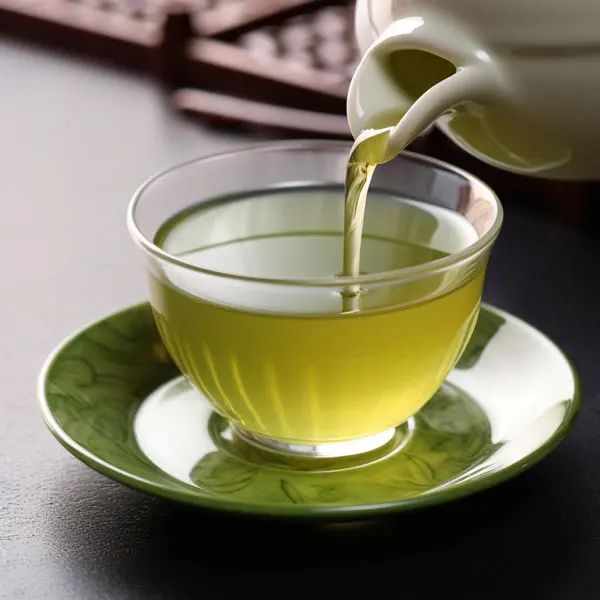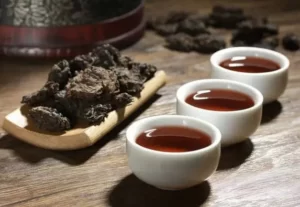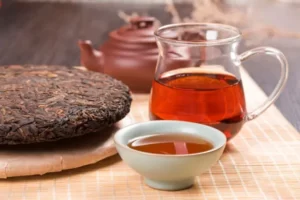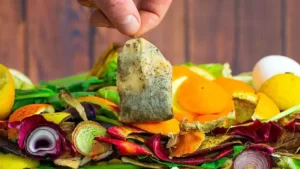Introduction
The gaiwan was born in the Tang Dynasty. By the Song Dynasty, the gaiwan was primarily used for culinary purposes, similar to modern-day thermos containers. In the Yuan Dynasty, the aesthetic design of the gaiwan evolved. The Ming Dynasty saw the introduction of the lid to the gaiwan, while the Qing Dynasty solidified the use of the gaiwan for tea-drinking, making it an integral part of the tea-drinking ceremony.

The gaiwan, a traditional Chinese tea cup, has been a hallmark of Chinese tea-drinking culture for centuries. This quintessential tea utensil, adorned with its signature lid, saucer, and bowl, encapsulates the rich heritage and deeply rooted tea traditions of China.
Tang Dynasty(618-907):The Ingenious Inception of the Gaiwan
The foundations of the gaiwan tea set trace back to the Tang Dynasty, a vibrant period known for its substantial contributions to culture and arts. The earliest rudimentary form of the gaiwan emerged from a simple predicament during the reign of Emperor Dezong.
Cui Ning, the governor of Xichuan and Chengdu, and his daughter were enthusiastic tea drinkers. However, the heat of the tea cups, devoid of any handles, posed inevitable discomfort. Until one time, Ms. Cui’s hand was scalded by the hot tea bowl, causing a blister. Realizing the need for a solution, Miss Cui introduced a saucer to hold the hot cup, a concept both ingenious and practical. Despite its usefulness, the saucer-cup arrangement was unstable, making it susceptible to accidental spillages.
Undeterred by this challenge, Miss Cui spent countless hours perfecting her idea. She ingeniously devised a wax ring that was set in the center of the saucer, providing a secure hold for the cup. The wax ring was eventually replaced with a lacquer ring, adding aesthetic charm to the utilitarian design. Thus, the primitive form of the gaiwan was born, marking a pivotal moment in the history of Chinese tea culture.
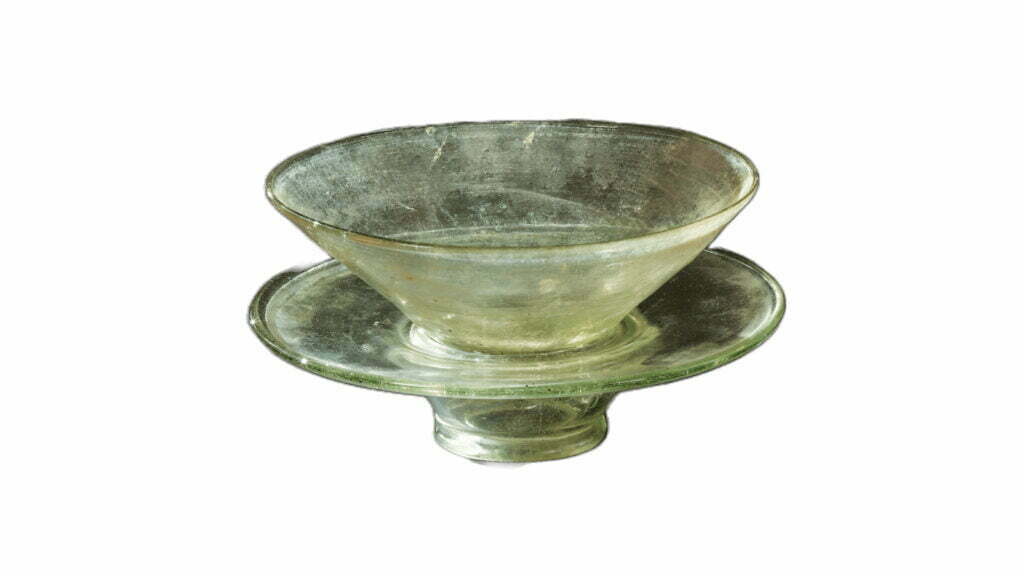
Song Dynasty(960-1279):Gaiwan Takes a Culinary Detour
By the Song Dynasty, records began to identify the existence of bowls with covers, bearing a striking resemblance to the modern gaiwan. However, their use was primarily culinary rather than ceremonial. These covered bowls served as insulated containers to keep food warm, acting as precursors to modern-day thermos containers.
At that time, the Song Dynasty was the richest country in the world. The wealthy not only pursued the taste of tea but also various ways to enjoy it, such as “Dian Cha”, similar to the current Japanese matcha. Because of the focus on various types of play, the people of the Song Dynasty had no time to care about the “gaiwan tea” still in the kitchen, and so let the gaiwan lie there quietly for a while.

Yuan Dynasty(1271-1368):The Aesthetic Transformation of Gaiwan
Mongolians did not oppose tea drinking. However, they found the Song people’s tea-drinking to be cumbersome and preferred simplicity. Despite this, in teaware, they inherited the flamboyant style of the Song Dynasty.
The journey of the gaiwan during the Yuan Dynasty was marked by significant enhancements in its aesthetics. The design of the covered bowls became more refined, characterized by vibrant colors and intricate decorations. However, they primarily continued to serve as tableware, with their potential for tea brewing yet to be fully realized.
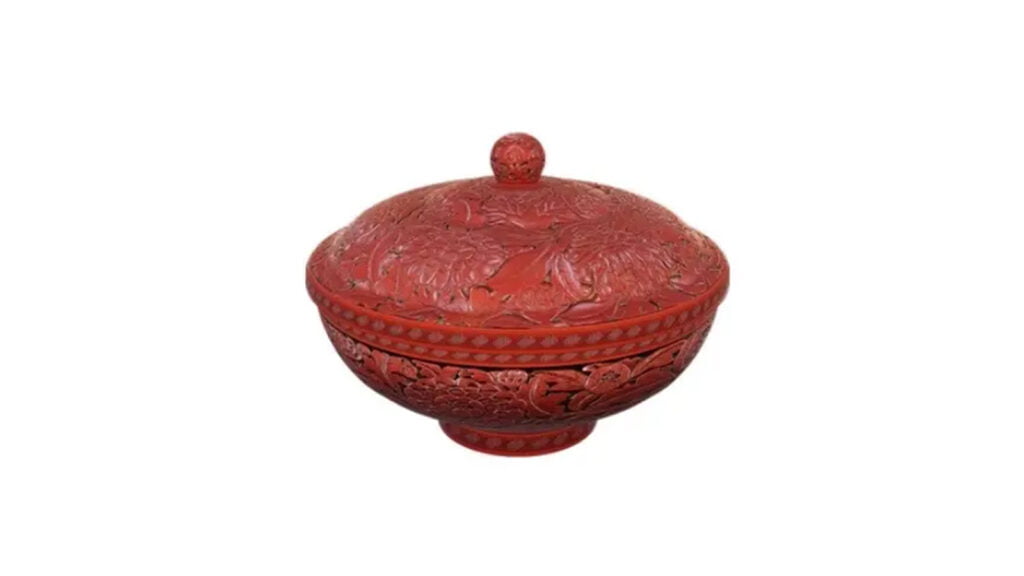
Ming Dynasty(1368-1644):A Pivotal Shift in Gaiwan’s Role
The Ming Dynasty witnessed a radical shift in tea culture. With the abolition of “Tuan Cha” by Zhu Yuanzhang, the brewing and drinking methods of tea underwent significant transformations. The tea bowls were now equipped with lids, marking a transition towards the modern-day gaiwan. Interestingly, the saucer temporarily vanished from the scene, only to reemerge in the late Ming and early Qing Dynasties.
The gaiwan set of the Ming Dynasty was comprised of two parts, the tea bowl and tea lid, and there was no tea saucer. Also, the color was relatively single. It was not a complete “Sancai Cup”.
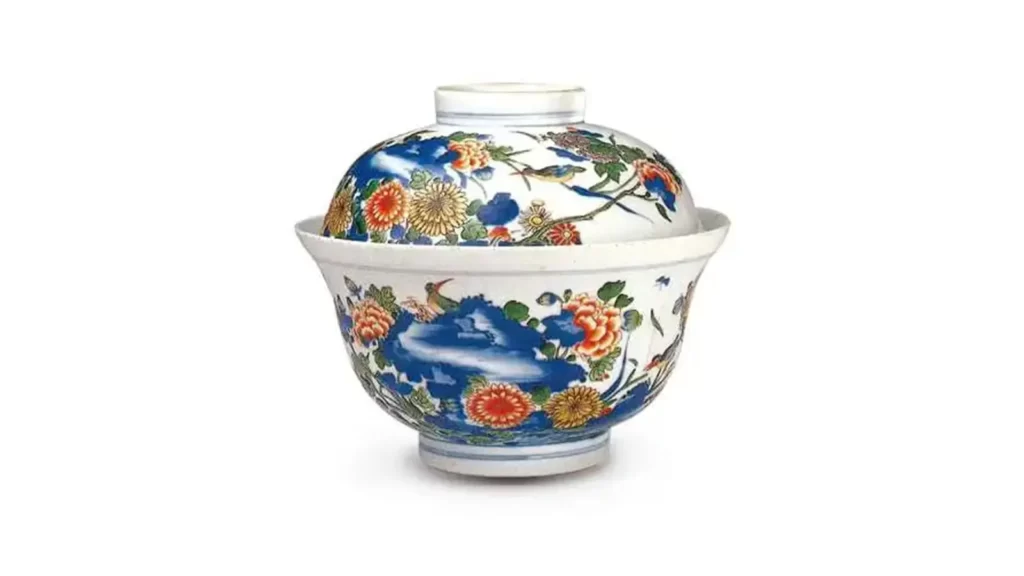
Qing Dynasty(1636-1912):Gaiwan Steps into the Limelight
The Qing Dynasty is an important period of significant change in the history of tea drinking in China. At this time, with the decline of Tuan Cha and the rise of loose tea, brewing became the mainstream method, and the gaiwan tea cup was born.
The use of gaiwan set for tea-drinking was finally established during the Qing Dynasty, specifically during the Kangxi period. The gaiwan gradually gained popularity during the Yongzheng period and was a common sight in households across the country by the Qianlong period. The etiquette and norms associated with gaiwan use also developed during this era, making it an integral part of the Chinese tea ceremony.
Qing dynasty blue and white porcelain gaiwan is the most widely used today. It is the carrier of traditional Chinese tea culture, with the characteristics of “moderate”, “desirelessness”, “Zen-style”.
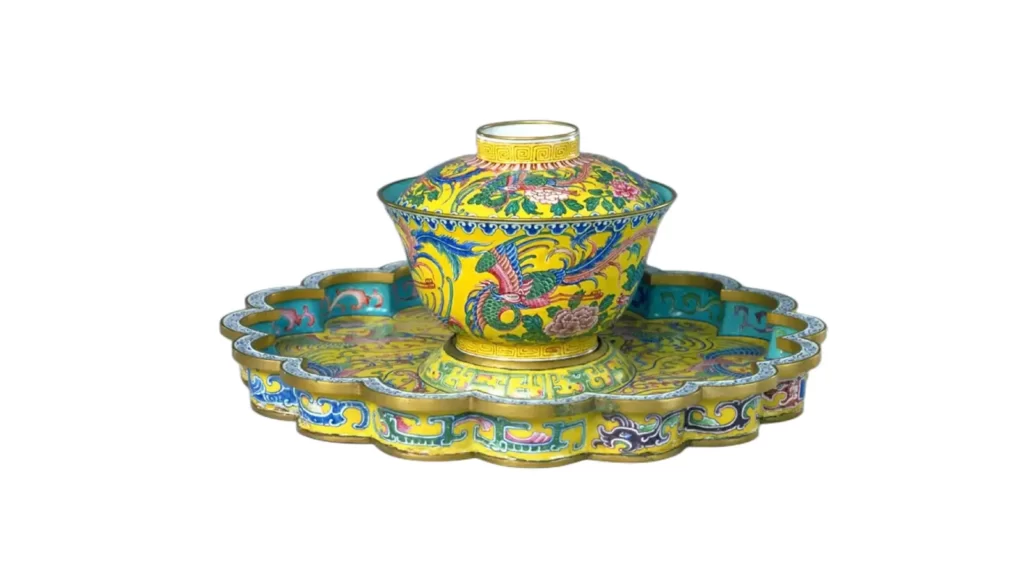
Modern Era: Gaiwan Evolves into a Teapot
Today, the gaiwan teapot stands as a versatile tea-brewing device. Originally, the gaiwan served a dual purpose: it was used to brew the tea and then directly served to the guest. However, tea connoisseurs soon recognized the advantages of using a gaiwan as a teapot. The open structure of the gaiwan allows for an immediate appreciation of the tea’s color, fragrance, and concentration. Furthermore, it’s easier to clean than a traditional teapot.
The evolution of the gaiwan is a testimony to the profound influence of cultural shifts and technological advancements on utilitarian designs. It’s more than just a tea cup; it’s a symbol of the Chinese tea tradition, an embodiment of its heritage, and a token of its relentless quest for perfection. Today, as we hold a gaiwan, we’re not just participating in a tea ceremony; we’re also reliving a centuries-old tradition, refined and enriched by each passing dynasty.
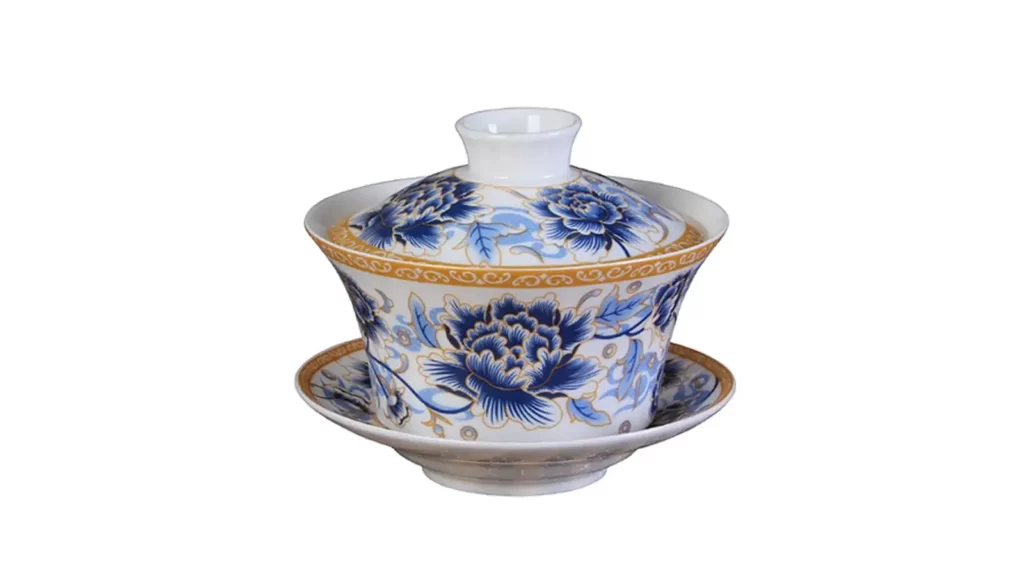
Chinese Tea Culture Resources
“The Story of Tea: A Cultural History and Drinking Guide” by Mary Lou Heiss and Robert J. Heiss.
This comprehensive guide explores the history of tea across the globe and provides detailed information on various types of tea, including how to brew them.
“The Chinese Art of Tea” by John Blofeld.
Blofeld delves into the aesthetic and cultural aspects of Chinese tea culture, tying it with Taoism, Buddhism, and Confucianism.
“The Classic of Tea: Origins & Rituals” by Lu Yu.
Often considered the definitive text on Chinese tea culture, this book by Lu Yu (known as the Sage of Tea) covers everything from tea cultivation to preparation rituals.
“Tea in China: A Religious and Cultural History” by James A. Benn.
This book explores the connections between tea and religion in China, providing a fascinating lens into the societal and cultural roles of tea.
